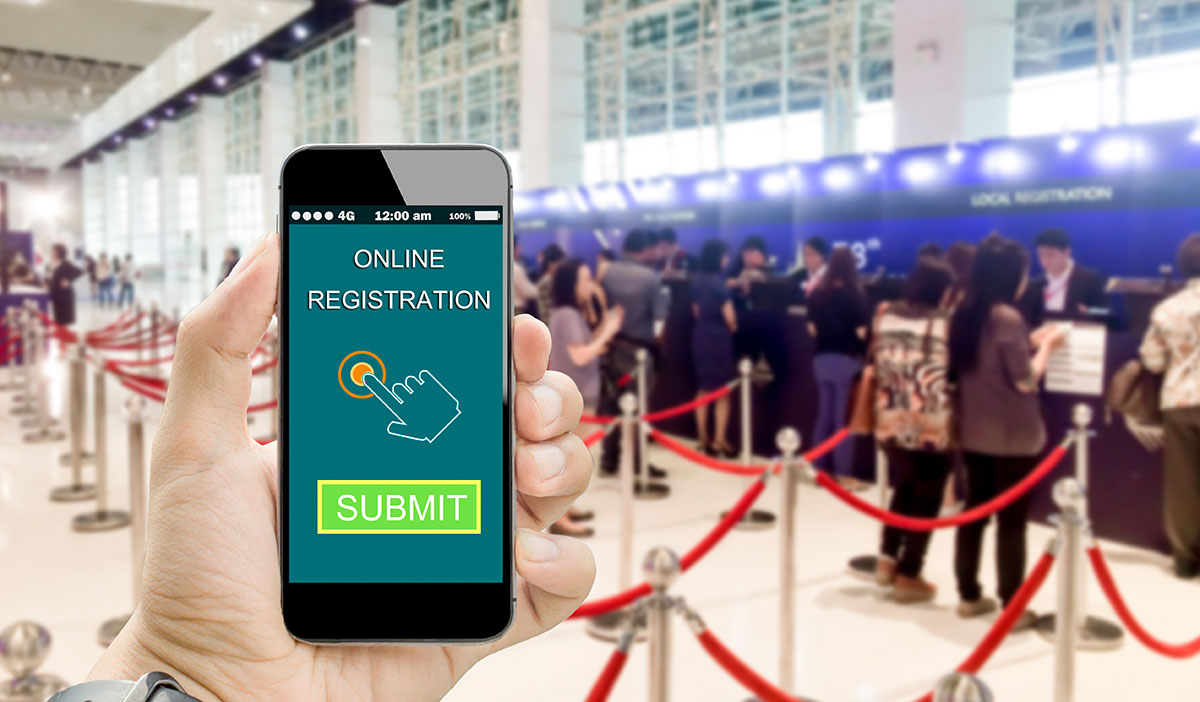Digital tourism, augmented and mixed Paris heritage tours, concierge 4.0 for a revamped Fashion Week. All these applications are possible thanks to new technologies, such as AI, virtual reality or mobile development.
After conquering medicine, industry, and engineering, digital technology is taking hold and marking a definitive turn in the user experience as offered by cultural institutions. Spotlight on 3 projects proposed as part of the ESILV Master’s in Engineering.
Augmented reality technology for the creation of a virtual miniature park
Architecture and monuments prove to be places of attractiveness for cities. Not necessarily summed up by their antiquity, monuments refer us to our collective memory. Our world and the pandemic we are going through have made our trips more difficult, even impossible. The objective of this project is to gather, within a mobile application, the most attractive monuments of the world.
The “digital tourism” movement relies on the development in the field of augmented reality. Augmented reality consists in enriching the images of the real world by overlapping its digitized graphic representation.
The development of the application was done on the Unity software while we realized the photogrammetry on Agisoft Metashape, a CAD software. The use of these softwares allowed us to build 3D models of the monuments, with the method of geographical markers. The application is planned to be compatible with Android and iOS formats. Next, we would like to expand this project for the Microsoft HoloLens headset.
Clement Habitation Project
Our project is part of a desire to revamp the user experience of the historical site of one of the most iconic distilleries in Martinique, “Rhum Clément”. Our goal was to make it more innovative, while remaining adapted to the singular environment of Martinique, in order to make the site visit as memorable as possible.
So we worked in collaboration with IESEG and École 42 to produce several solutions to better involve the user in the brand’s story. From a technological point of view, we opted for a mixed reality realization, thanks to Microsoft Hololens glasses, allowing us to place images on the user’s field of vision like holograms, in order to mix virtual reality and the user’s environment. This mixed reality would allow us to put the machines of the distillery (inactive during the visit) in motion, by placing holograms in the field of vision of the visitor and creating interactions between the two.
Moreover, this mixed reality can allow us to go even further, by recreating a whole environment, with the aim of reproducing virtual reality. For our project, we recreated the Clément Habitation and its environment, with tractors, buildings and plantations. We also put in motion some outdoor machines. This would allow the user to see things that he cannot see during the visit, such as the distillery’s cellars, or the new distillery. These virtual and mixed realities would also be visible from a smartphone via an application developed by the team.
Finally, IESEG has worked mainly on adding activities during the visit, as well as a new ticketing system, in order to produce the most complete solution possible, to make the tour as unforgettable as it can be for the user.
Web application for the running of the Fashion Week
This year, for our Pi², we were challenged to create a web application to facilitate the connection between fashion houses, John Paul Concierges and VIP Clients.
- Applications
II.1 Concierge
Our application starts with a login page to redirect users into 2 categories:
Concierge and Supervisor.
On the Concierge side, we created a dashboard where they can get a quick overview of their clients and budget tracking.
When they click on the “My Clients” tab, the list of their clients is displayed where they can search for a client and make sure the schedule is validated.
The concierge can manage the client’s schedule by adding activities where they can specify the date, address, price and category of each activity.
II.2 Supervisor
On the supervisor side, we have created a market page where the different markets are displayed, the supervisor can add a VIP customer to his market (Asian, American or European).
The supervisor can also add and manage a concierge on an event.
Finally, the supervisor and the concierge can communicate via a messaging system.
III Conclusion
What about the future of our project?
In the long term, we could deploy our project on a server so that the concierge and the supervisor can communicate and use the full potential of our application.
Moreover, as soon as the main functionalities are ready, the application can be tested during the Fashion Week or other events.
This post was last modified on 20 September 2022 5:03 pm









